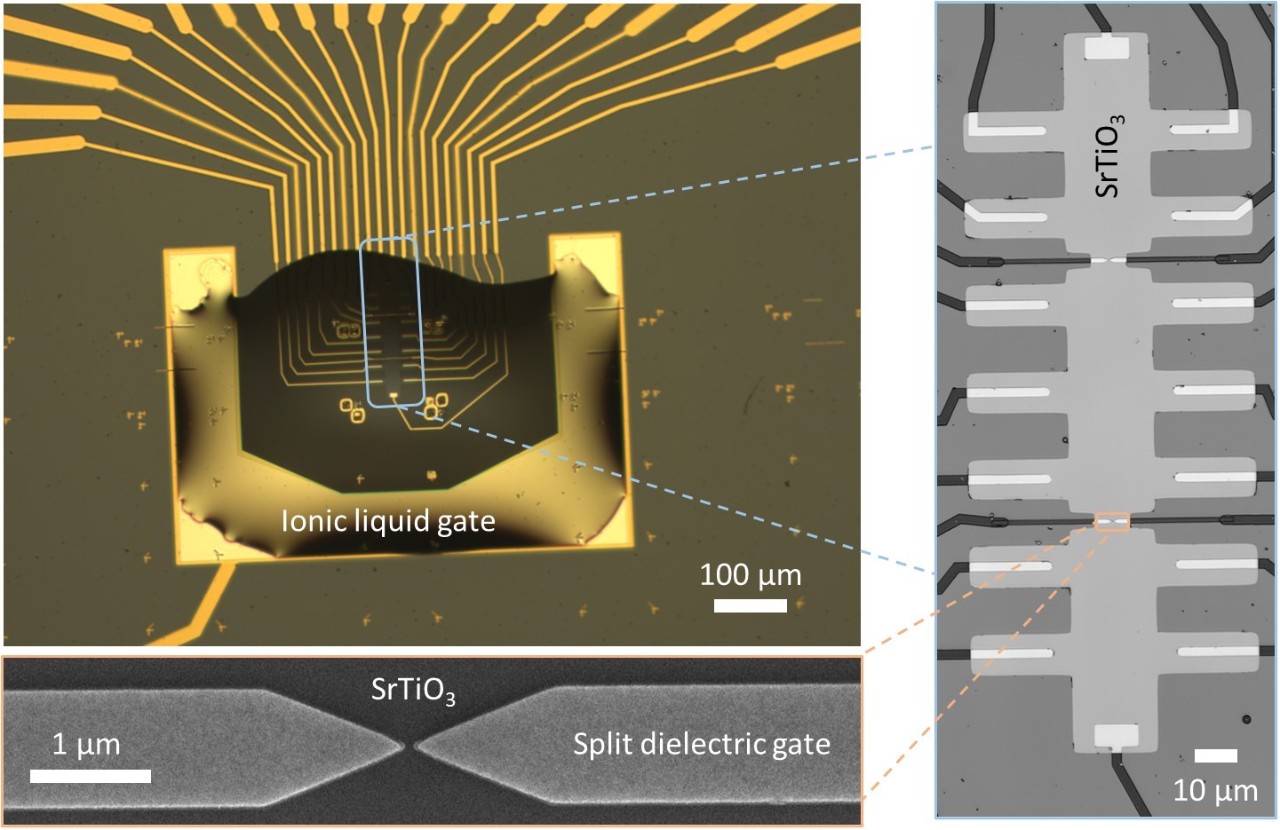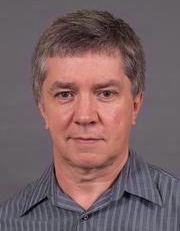Superconducting Nanoelectronics with Perovskite Oxides
Project Description
This project is at the intersection between experimental condensed matter physics, electrical engineering, and materials science.
This in an important intersection for the currently emerging quantum information technology, which aims to fundamentally reinvent the algorithms and physical processes we use to compute solutions for certain problems. One of the overarching practical challenges in this area is in figuring out how to operate extensive computing architectures at very low (cryogenic) temperatures, as typically needed to stabilize physical quantum systems. A big part of the solution is in reimagining electrical circuits by integrating materials that are superconducting (i.e. their electrical resistance becomes zero below a certain temperature).
This project will be part of a larger effort to develop new fabrication procedures for superconducting quantum devices that operate at cryogenic temperatures. Scientifically, this project will focus on enabling the use of oxide perovskite materials (SrTiO3 and KTaO3) in cryogenic quantum technologies. The goal is to leverage their unique material properties into new device functionalities, in particular the tunability of superconductivity and dielectric constant by electrics fields.
The student will learn the basics of electrical device testing, Python-based measurement control and automation, cryogenic measurements, and device simulation. The student will have the opportunity to get involved with fabrication of devices in the Mantei Center Cleanroom at UC.

Figure: Quantum nanoconstriction device defined in a superconducting oxide SrTiO3, using a combination of ionic liquid gating and local tuning with nanopatterned split gates.
Directors

Marc M Cahay
Professor, Department Head, CEAS - Electrical and Computer Engineeri
812J Rhodes Hall

Evgeny Mikheev
Asst Professor, A&S Physics
422 Geology-Physics Building
Condensed matter experiment: quantum devices with oxide superconductors, nanofabrication, cryogenic experiments.